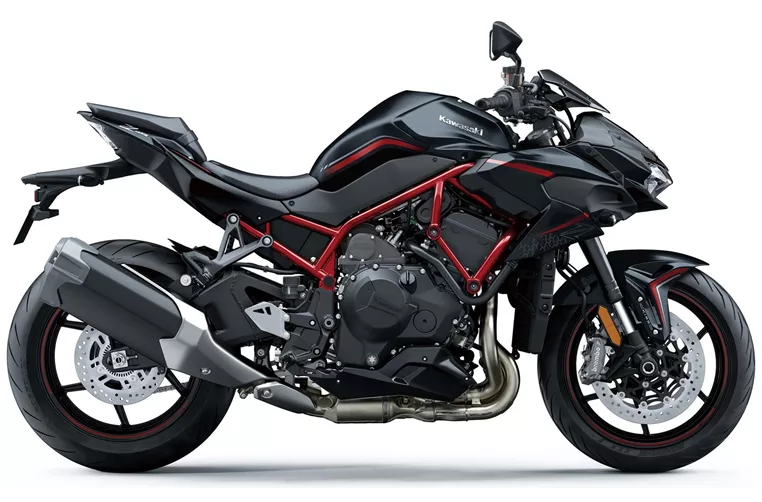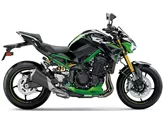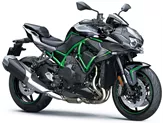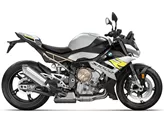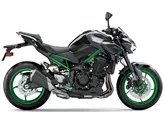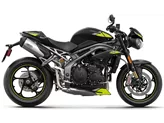Kawasaki Z H2 2020 vs. Kawasaki Z1000 2013
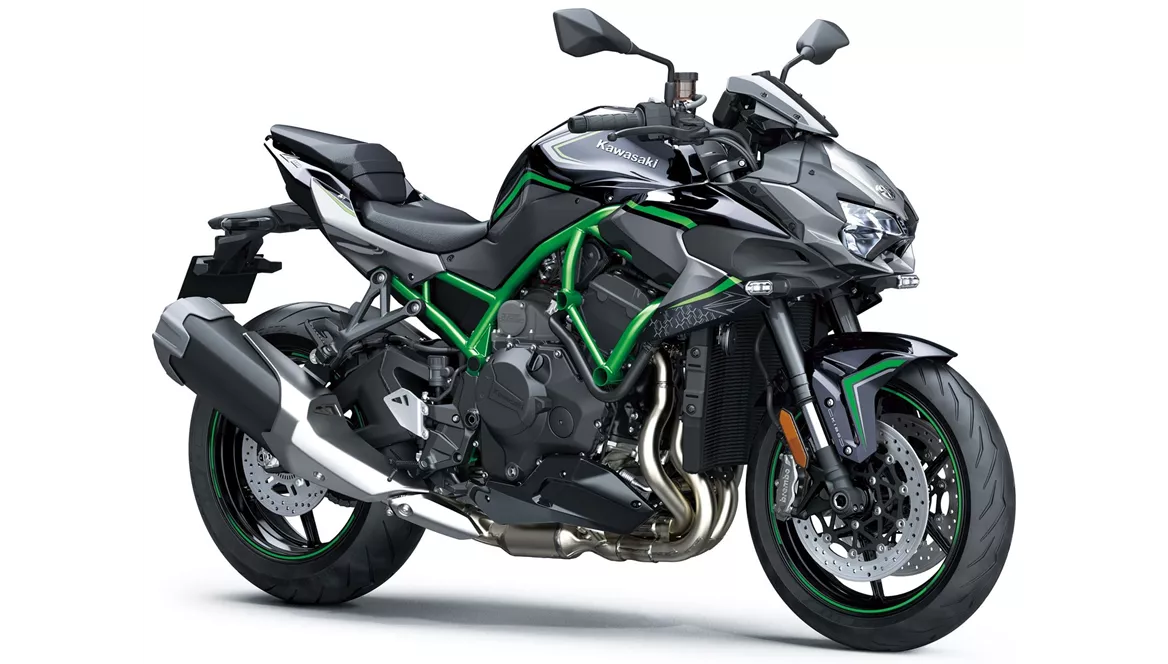
Kawasaki Z H2 2020

Kawasaki Z1000 2013
Overview - Kawasaki Z H2 2020 vs Kawasaki Z1000 2013
The Kawasaki Z H2 2020 and the Kawasaki Z1000 2013 are both naked bikes with inline engines and liquid cooling. However, there are several key differences between the two models.
In terms of engine power, the Kawasaki Z H2 2020 has a significant advantage with 200 HP compared to the Kawasaki Z1000 2013's 138 HP. This makes the Z H2 a much more powerful and high-performance bike.
The torque of the Z H2 is also higher at 137 Nm compared to the Z1000's 110 Nm. This means that the Z H2 will have better acceleration and pulling power.
Both bikes have four cylinders, but the Z H2 has a larger displacement at 998 ccm compared to the Z1000's 1043 ccm. This means that the Z H2 will have a higher top speed and overall performance.

Kawasaki Z H2 2020
In terms of suspension, both bikes have upside-down telescopic forks with adjustable compression, preload, and rebound. However, the Z H2's suspension strut can become a bit spongy during sporty riding, which is a weakness compared to the Z1000.
The chassis of the Z H2 is made of steel, while the Z1000 has an aluminum frame. This gives the Z1000 a slight advantage in terms of weight and agility.
Both bikes have double disk brakes with four pistons and radial technology. However, the Z H2 has monoblock brakes, which are considered to be more advanced and provide better braking performance compared to the Z1000's petal brakes.
In terms of dimensions and weights, both bikes have the same front and rear tire widths and diameters. The Z H2 has a slightly longer wheelbase at 1455 mm compared to the Z1000's 1440 mm. The Z H2 also has a higher seat height at 830 mm compared to the Z1000's 815 mm. Additionally, the Z H2 has a larger fuel tank capacity at 19 liters compared to the Z1000's 15 liters.
In terms of strengths, the Z H2 has an incomparable engine with full power and easy control. It also has a pleasant seating position and high riding comfort for a naked bike. The Z H2 has a stable and transparent handling and a quiet but charismatic sound. It is also a bike that can be ridden carefree in everyday life.

Kawasaki Z1000 2013
The Z1000's strengths lie in its powerful engine, rich sound, and unique design.
However, the Z H2 does have some weaknesses. The quickshifter makes interventions that take too long, and the suspension strut can become spongy during sporty riding. Additionally, the Z H2's exclusive status may have warranted exclusive components all around.
The Z1000's weaknesses include the lack of traction control and a nervous chassis.
In conclusion, the Kawasaki Z H2 2020 is a more powerful and high-performance bike compared to the Kawasaki Z1000 2013. It has a more advanced suspension system and a larger fuel tank capacity. However, it does have some weaknesses in terms of the quickshifter and suspension. The Z1000, on the other hand, has a unique design and a powerful engine but lacks traction control and has a nervous chassis.
Technical Specifications Kawasaki Z H2 2020 compared to Kawasaki Z1000 2013
Pros and Cons in comparison
Pros and Cons in comparison
Kawasaki Z H2 2020
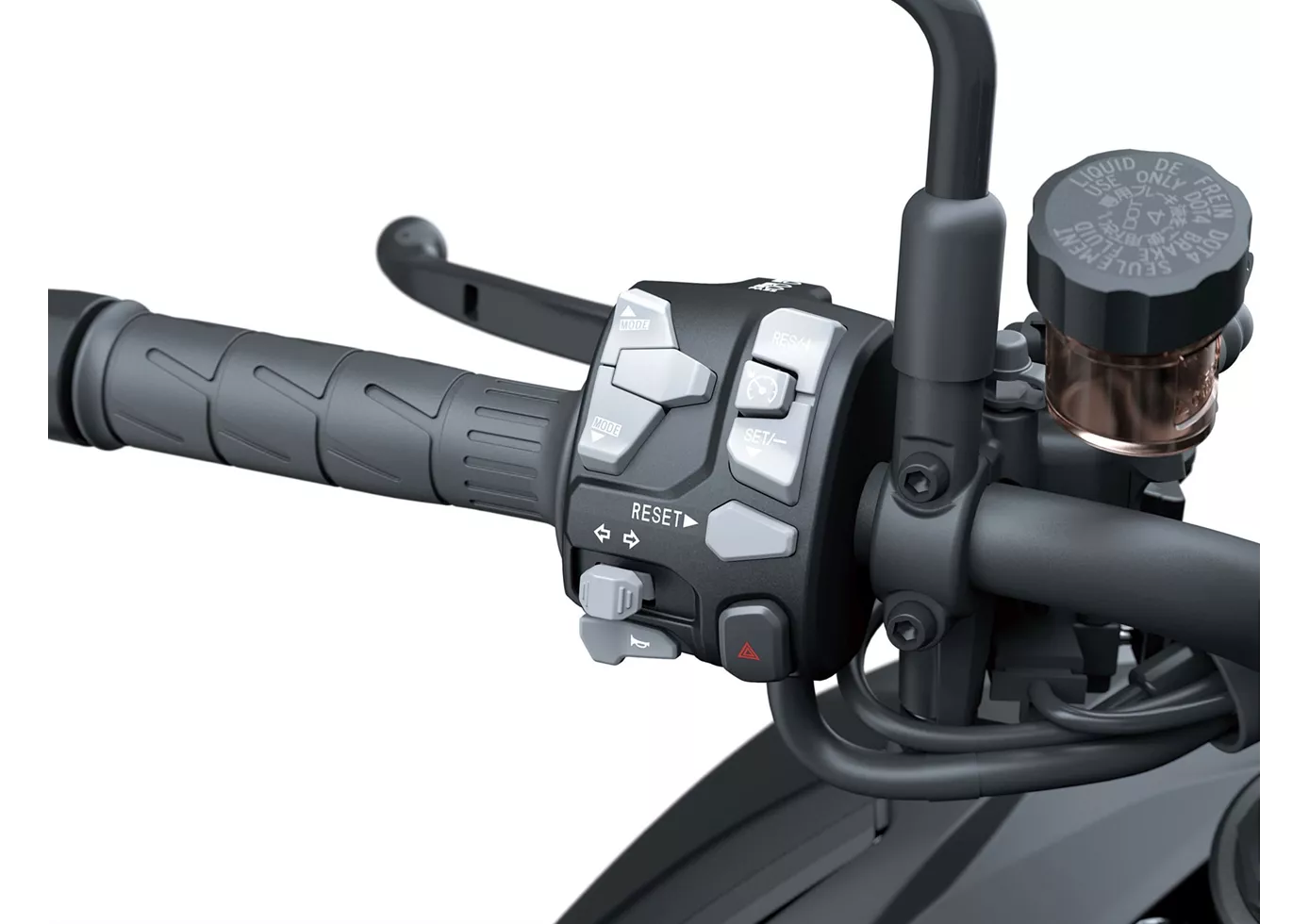
The fascinating power unit of the Kawasaki not only inspires as a motif for quartet cards or at the regulars' table. The engine is made for practical use. In the saddle of the bike, you can enjoy the thrust in every situation. Commands from the throttle are implemented directly, intensively but also controllably. However, the bike is not an athletic sportsman but a beefy naked bike. It always scores when sovereignty and power are required.
Kawasaki Z1000 2013
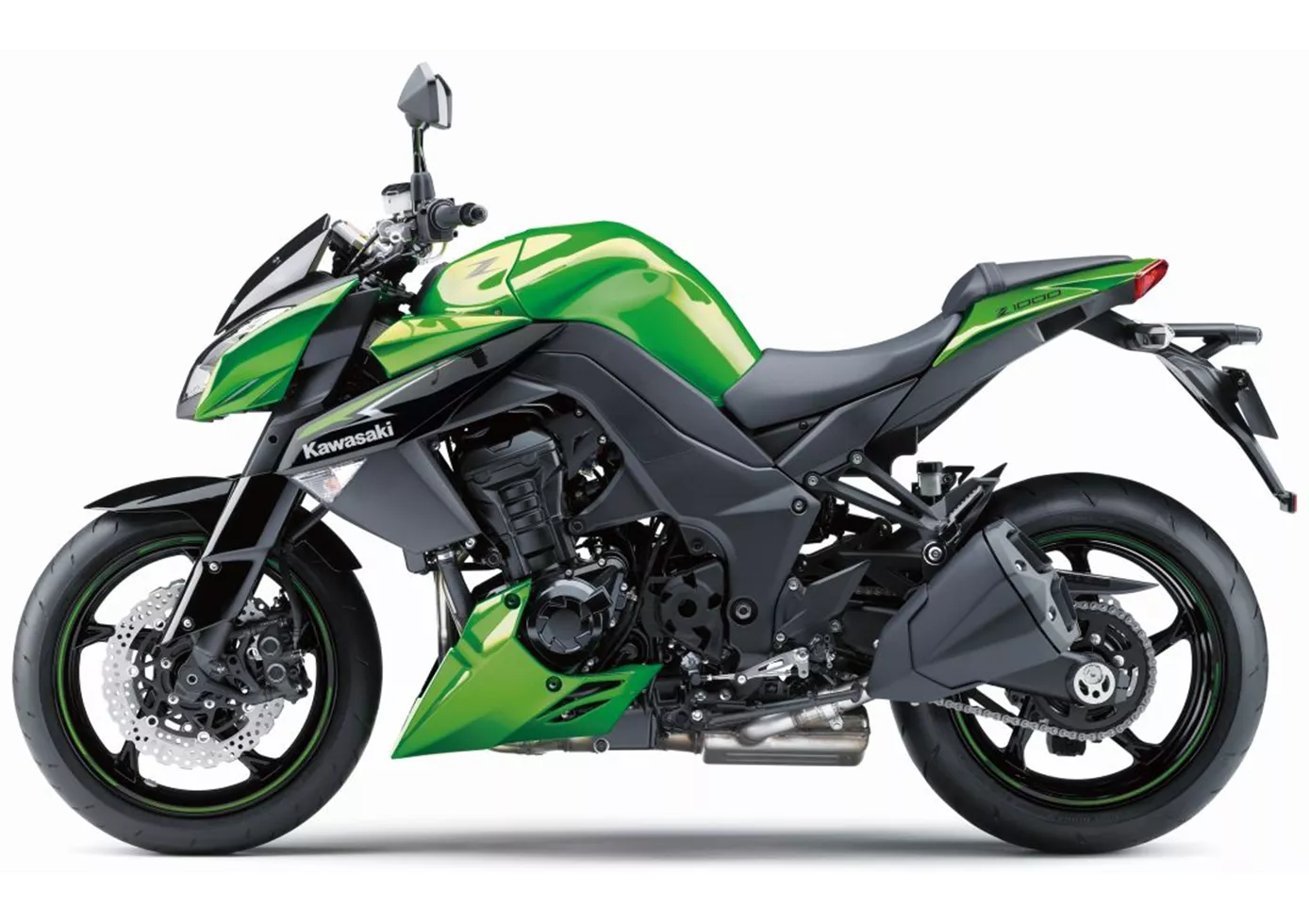
All in all, the new Z1000 is a successful further development of its predecessor. The lack of traction control is more of a marketing problem than a problem for end customers.
Price Comparison Avarage Market Price Kawasaki Z H2 vs Kawasaki Z1000
There are a few key differences between a Kawasaki Z H2 2020 and a Kawasaki Z1000 2013. In terms of price, the actual average price of a Kawasaki Z H2 2020 is about 78% higher. A Kawasaki Z H2 2020 experiences a loss of 640 GBP in one year of ownership. This is offset by a loss of 740 GBP for a Kawasaki Z1000 2013. Compared to Kawasaki Z1000 2013 there are more Kawasaki Z H2 2020 bikes available on the 1000PS.de Marketplace, specifically 10 compared to 4. It takes less time to sell a Kawasaki Z1000 with 69 days compared to 148 days for the Kawasaki Z H2. Since model year 2020 1000PS.de editors have written 14 reviews for the Kawasaki Z H2 and 41 reviews for the Kawasaki Z1000 since model year 2005. The first review for the Kawasaki Z H2 was published on 10/10/2019 and now has more than 82,500 views. This compares to more than 5,800 views for the first review on Kawasaki Z1000 published on 02/09/2002.
